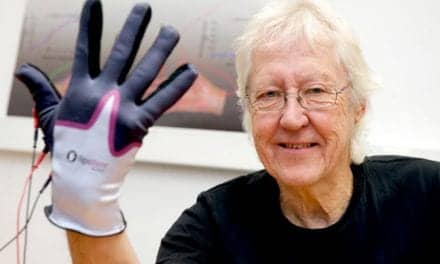The development of aggressive behavior after brain injury is linked to injury location and gene expression, according to research published in the March issue of Neurology, the medical journal of the American Academy of Neurology, St Paul, Minn.
The article, titled Prefrontal cortex lesions and MAO-A modulate aggression in penetrating traumatic brain injury, is authored by a group headed by Jordan Grafman, PhD, director of traumatic brain injury research at Kessler Foundation, West Orange, NJ. The study was conducted during his tenure at the National Institutes of Health (NIH). This is a follow-up study to the Vietnam Veterans Head Injury Project, which monitors long-term sequelae in more than 200 veterans with penetrating brain injury.
Aggressive behavior develops in some individuals after traumatic brain injury—the signature wound of the wars in Iraq and Afghanistan. “Aggressive behavior not only hinders rehabilitation and recovery after brain injury, it’s devastating to families,” Grafman said.
The study assessed level of aggression in 155 veterans with penetrating brain injury, and looked for associations.
“Clinicians who see patients with lesions of the prefrontal cortex should inquire specifically about aggressive behavior,” Grafman said. Patients and their families may benefit from counseling aimed at managing this behavior. “Short-term cognitive behavioral therapy can also be very helpful,” he added.
Any type of injury to the prefrontal cortex raises the risk for aggressive behavior in patients with genetic susceptibility. “It’s not just penetrating injuries,” Grafman said. “Stroke, multiple sclerosis, and closed head injuries have the same impact.” The associations found in this study have practical implications, according to Grafman. Optimal care for people with brain injury requires a multimodal approach that includes high-resolution imaging studies, genetic testing, and psychological assessment.
Kessler Foundation Research Center investigates better ways to treat injuries of the spinal cord and brain, stroke, multiple sclerosis, and other chronic neurological and orthopedic conditions.
[Source: Kessler Foundation]




